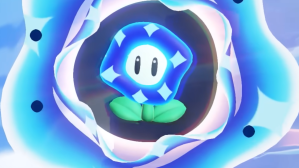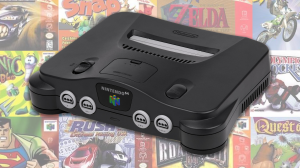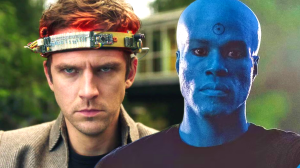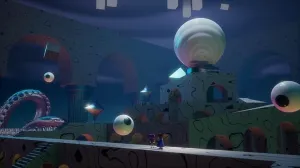The Nintendo Switch is home to one of Nintendo’s most bizarre games, Super Mario Bros. Wonder. It was a bold new leap for the franchise, taking Mario and his friends into wacky, whimsical, and wonderful new territory. From its art direction to its gameplay surprises, it was a complete reinvention for the series, one that deviated from a start that had been set in 2006. Ultimately, it proved to be a great decision, as Super Mario Bros. Wonder went on to be critically acclaimed and nominated for GOTY, but one can’t help but wonder why the change happened now.
Videos by ComicBook.com
For nearly two decades, the Super Mario Bros. series has followed a familiar pattern. Bright colors, catchy tunes, and platforming perfection under the label New Super Mario Bros. But Super Mario Bros. Wonder changed this by dropping the “New” on the name, effectively ending a series that started on the Nintendo DS and saw new releases up to the Nintendo Switch. With this, Nintendo was signaling that Mario’s 2D future wasn’t about revisiting the past anymore, but embracing a whole new era of creativity.
The End of the “New” Era for Super Mario Bros.
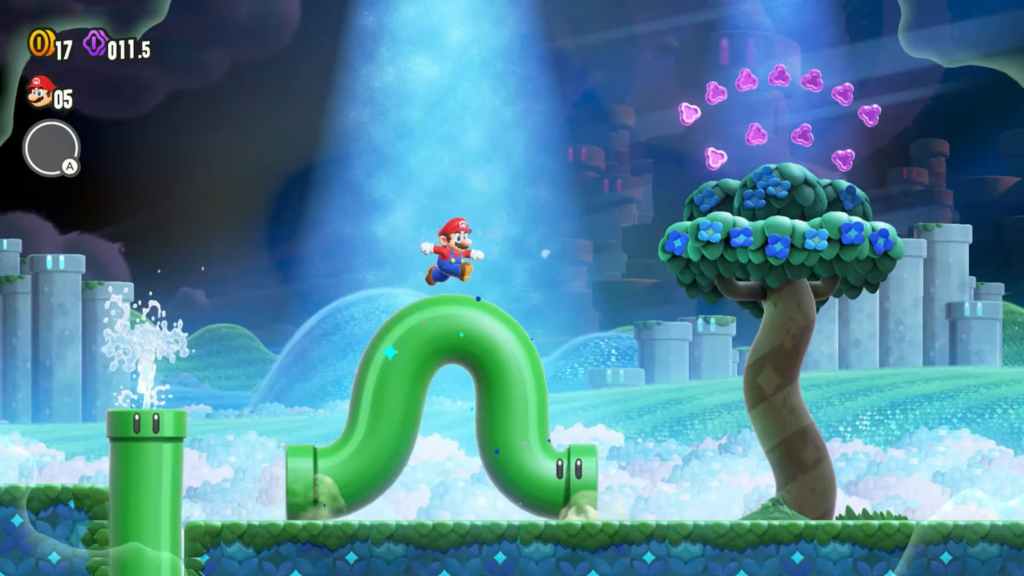
When New Super Mario Bros. launched in 2006 for the Nintendo DS, it was a monumental moment. It marked the iconic plumber’s return to 2D side-scrolling adventures after over a decade focused on 3D entries like Super Mario 64 and Super Mario Sunshine. This is likely why Nintendo chose the title: to show it was a new, modernized take on the beloved formula. Updated visuals, new power-ups, and enhanced multiplayer made it feel like a next-gen title at the time.
It saw massive success, leading Nintendo to double down on the formula. New Super Mario Bros. Wii was released in 2009, followed by New Super Mario Bros. 2 for the Nintendo 3DS, and New Super Mario Bros. Wii U. These all proved to be hits among Nintendo fans, even seeing New Super Luigi Bros. U as a spin-off and a port of New Super Mario Bros. U Deluxe to the Nintendo Switch.
However, by this point, the “New” felt less new and was growing stale. Fans had seen 17 years of the same design, and it had gone from creative and fresh to boring. Players were tired of the repeated art style, the similar soundtrack and effects, and levels that felt different but familiar. This is partially why Super Mario Bros. Wonder proved to be such a huge hit. It represented a fresh start, the same one that New Super Mario Bros. was when it was first released all these years ago.
Super Mario Bros. Wonder Is a True Reinvention of 2D Mario
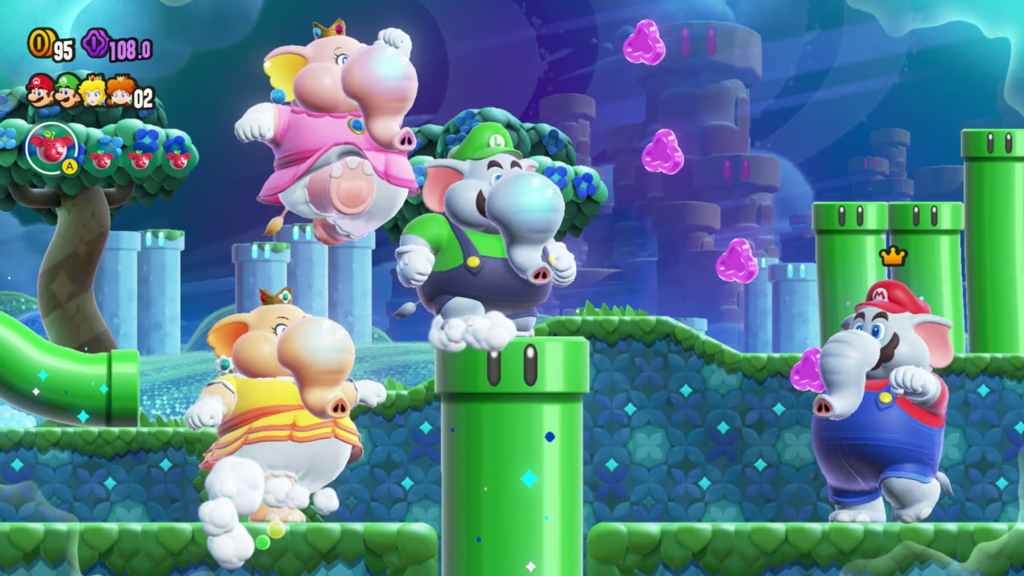
From the very first moments of Super Mario Bros. Wonder, it’s clear that it was something different. The art style emulates hand-drawn aesthetics that only enhances its quirky vibes, giving every character and enemy more expression than ever before. The world feels organic, full of surprises. This is fitting considering how the rules of platforming often change mid-level thanks to the titular Wonder Flowers. These warp reality and twist environments in unpredictable ways that enhance Super Mario Bros. Wonder’s imagination and creativity.
Even the sound and animation design feel more dynamic and lifelike, giving the games an energy the “New” games lost at the end. Mario and his friends react to their environment with charm and personality, from their exaggerated jumps to their surprised faces when a level transforms. It’s a return to playfulness, the true power of Nintendo’s games.
Super Mario Bros. Wonder wasn’t just about replacing the repetition of the “New” series. It was a signal that Nintendo was moving on and starting a bold new era of 2D Mario games. For years, the “New” games had been successful, but each was less so than the one before it. Players were growing tired of the same safe aesthetic and gameplay. Super Mario Bros. Wonder is such a breath of fresh air. It allowed players to rediscover the fun in Mario’s platforming origins with a modern take.
In some ways, Super Mario Bros. Wonder was the Super Mario 64 moment for the 2D series. It was colorful, expressive, and brimming with creativity, and broke a 17-year tradition. It remains to be seen if Nintendo releases Super Mario Bros. Wonder 2, but with the new hardware of the Nintendo Switch 2, it wouldn’t be a surprise.
What do you think? Leave a comment below and join the conversation now in the ComicBook Forum!

